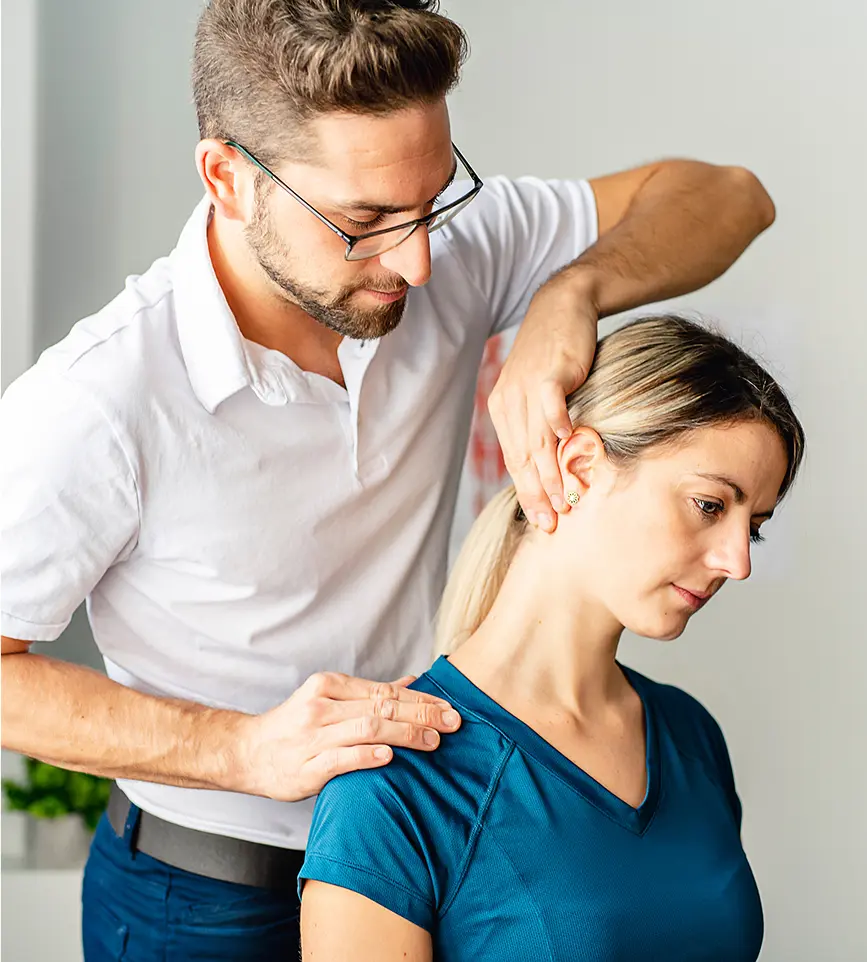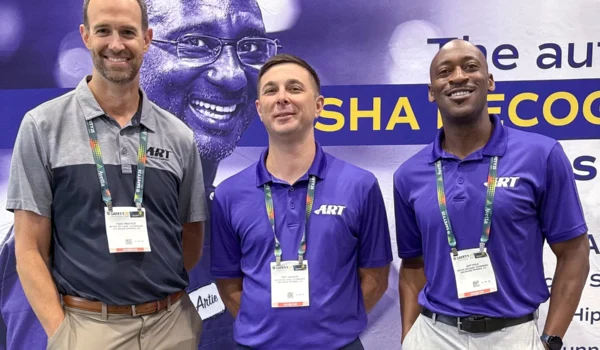As part of our Advanced Full Body Online seminars, we invite patients experiencing soft–tissue or nerve dysfunction to be treated by Dr. P. Michael Leahy. The goal of this segment is two-fold: help patients feel better faster with ART treatment and teach ART Certified Providers™ how to use ART treatment in a real, clinical setting.
The patient
Emily Berger was a part of ART’s Patient Case Studies in September 2022 and was experiencing long-time heel pain.
Years into her ballet career, she was found to have os trigonum, an extra bone at the back of the ankle. This was affecting her ability to extend and flex the foot, ultimately affecting her ballet performance.
The most common injuries in dancers include:
- Hip injuries
- Foot injuries
- Ankle injuries
- Knee injuries
- Stress fractures
- Arthritis
Many of the above injuries, including os trigonum, end in surgery.
The symptoms
The extra bone made performing the pointe technique, extending the foot in a plantar flexion motion with all body weight on the toes, painful and difficult.
In an attempt to help fix the problem, Emily underwent surgery to remove the additional bone.
After surgery, Emily lost the range of motion in her Achilles tendon, requiring her body to compensate by using other muscles. Doing so led to additional issues like improper jumping and stress fractures.
The treatment
ART Certified Providers™ follow a diagnostic process unique to Active Release Techniques® (ART®) treatment.
What is ART treatment?
ART treatment is a non-invasive system that treats soft-tissue and nerve dysfunction at the source. This hands-on treatment uses touch, pressure, tension, and patient movement to pinpoint and treat the origin of the affected area.

A patient-friendly explanation of the ART Diagnostic Algorithm to explain the process of ART treatment.
Step 1: Find the source of pain.
To identify the issue, Emily went up on her toes and back to standing flat on the ground into a dorsiflexed position.
After a few times, Dr. Leahy identified that the bones in the top of Emily’s foot were not properly extending from her toes to the heel due to how the weight shifts upon impact.
Step 2: Feel for contributing sources.
Dr. Leahy felt the structures in Emily’s foot while performing specific movements again and identified the source of the problem.
Step 3: Treat the problem.
To treat both sources of pain and restriction in Emily’s foot, Dr. Leahy alternated the use of ART protocols and palpation of the affected ankle and top of the foot regions until Emily’s dorsiflexion improved.
The results
After trying so many other methods to relieve Emily’s foot pain, one session of ART treatment almost completely removed her previously restricted range of motion after struggling with it for eight years.
Want to witness the magic of ART treatment for yourself? Watch the full video on YouTube.




